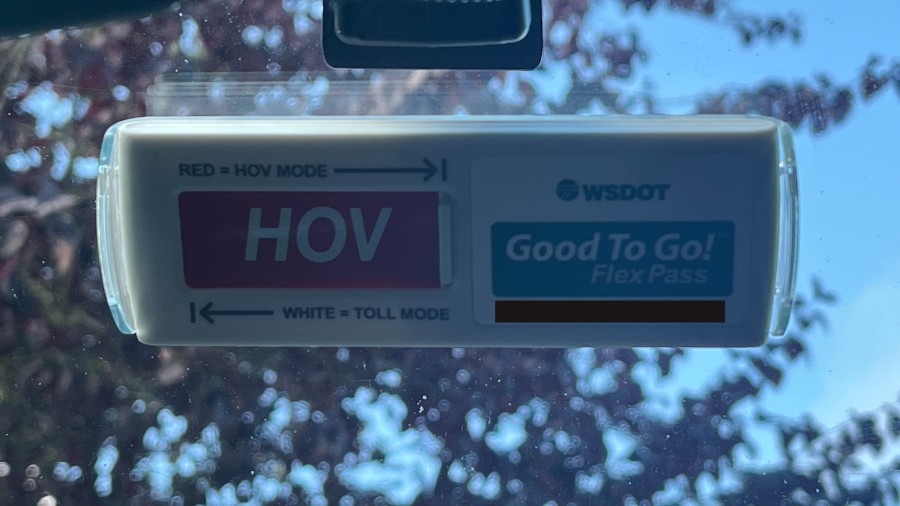Avalanche control is ditching the big guns
Oct 16, 2025, 5:01 AM | Updated: 3:29 pm

A M-60 tank firing a round for avalanche control on I-90. (Photo courtesy of WSDOT)
(Photo courtesy of WSDOT)
The snow is already falling in the Cascades. Chaining up and delays over the passes aren’t that far away. But those delays might be getting better thanks to new technology being installed along I-90.
Raise your hand if you’ve ever been stuck on a pass for avalanche control.
This is where workers intentionally cause an avalanche of dangerous snow so it doesn’t come down on its own when there is traffic on the road. Most of the time, it is planned in advance. Sometimes it happens unexpectedly, forcing an emergency shutdown.
These controlled operations routinely shut down the freeway for several hours, in some cases up to six hours.
“For many years, this could have taken hours for our specialized avalanche teams from start to finish,” Tina Werner, spokesperson for the Washington State Department of Transportation (WSDOT), said. “They would often have to haul very heavy artillery systems up a mountain in the middle of a snowstorm.”
Over the last 40 years, WSDOT has used some real firepower to bring the snow down.
“They’ve used several different types of artillery, including a recoilless rifle, an M-60 tank, and a World War II era howitzer,” Werner said.
While super fun to fire and highly effective, it’s not exactly the safest way to do the job, and it’s really expensive. The state had to rent the equipment from the military.
WSDOT installing 6 remote avalanche control systems
WSDOT is now installing six remote avalanche control systems around Snoqualmie Pass. They are solar-powered boxes that contain 12 individual explosives that can be remotely targeted and fired.
“Instead of having to haul up a large artillery system using a trailer up a mountain and pushing it with more traditional manpower, the boxes are going to be there, essentially ready to go when we need them to at a moment’s notice,” Werner said.
WSDOT is already using a similar system on Stevens Pass, with good success. It’s all about getting the job done faster, safer, and more efficiently.
“When you’re in the height of a winter storm, having this ready to go really does slim down that response time,” Werner said. “It helps WSDOT be more responsive to avalanche control operations and ultimately make this a safer experience for our crews. It’s safer for drivers and allows us, hopefully, to reopen the roadway faster.”
This remote equipment has been in use in the private sector for years, in areas like ski resorts around the country.
WSDOT has been asking for the funding to improve the technology for years, and it got the money from the legislature last session.
Chris Sullivan is a traffic reporter for KIRO Newsradio. Read more of his stories here. Follow KIRO Newsradio traffic on X.

















